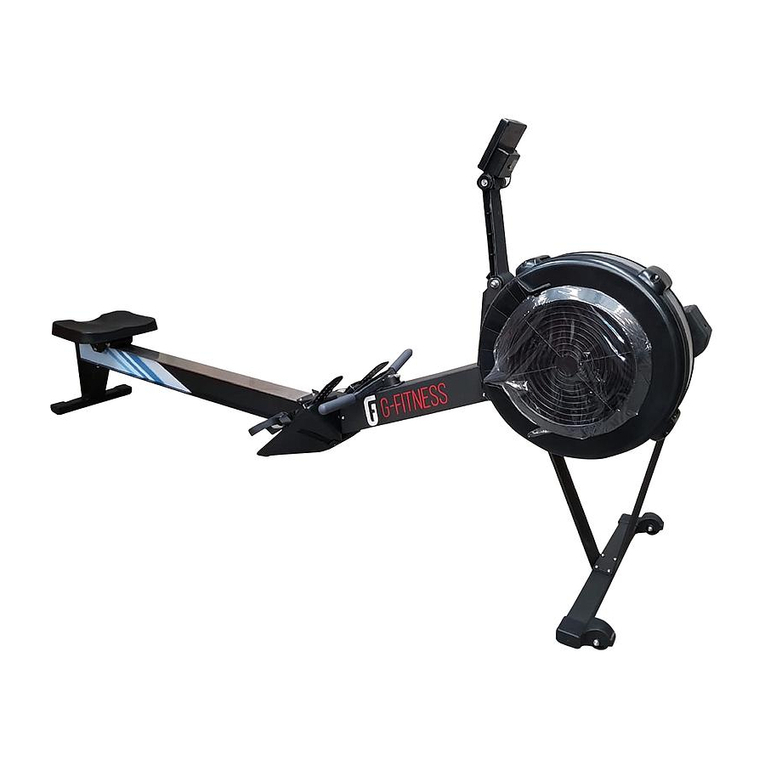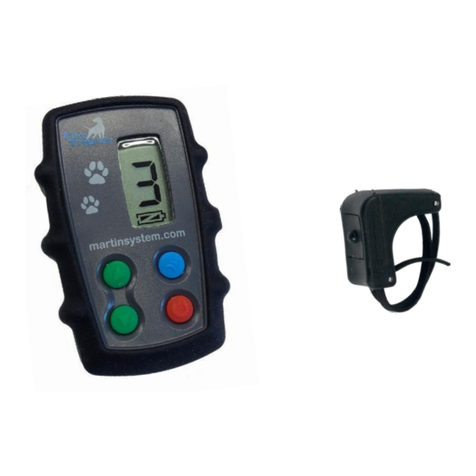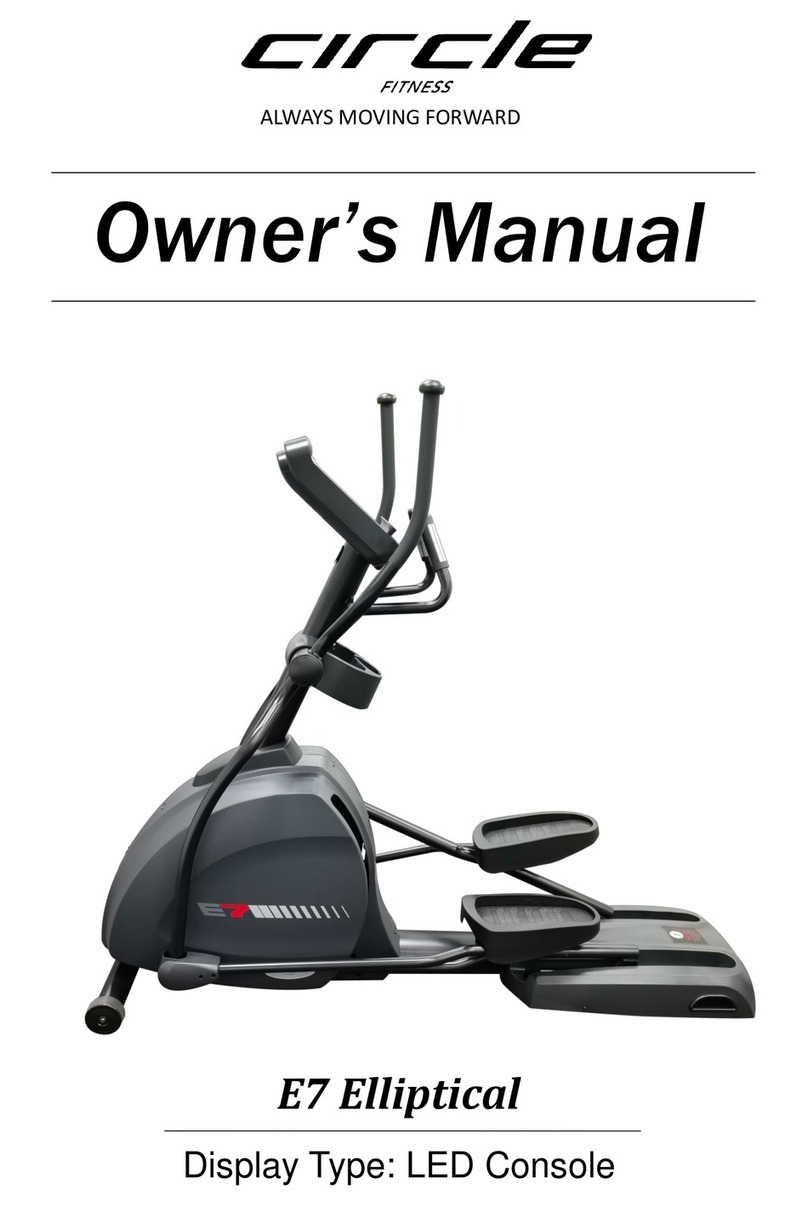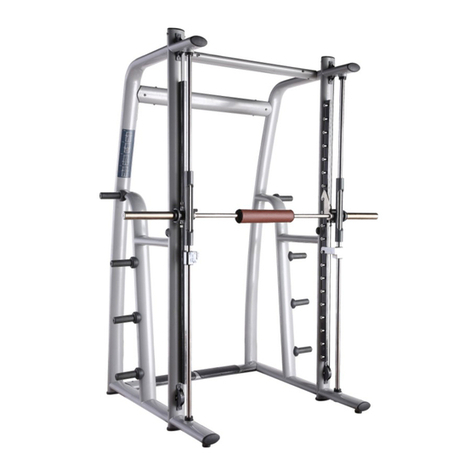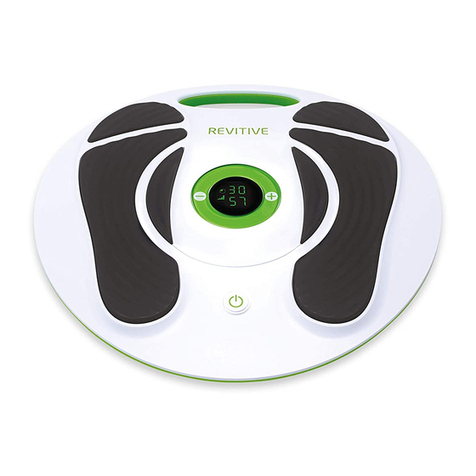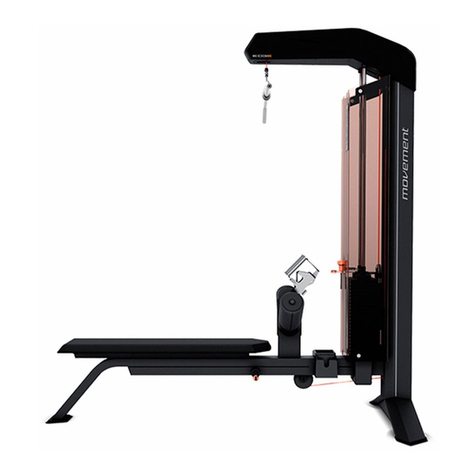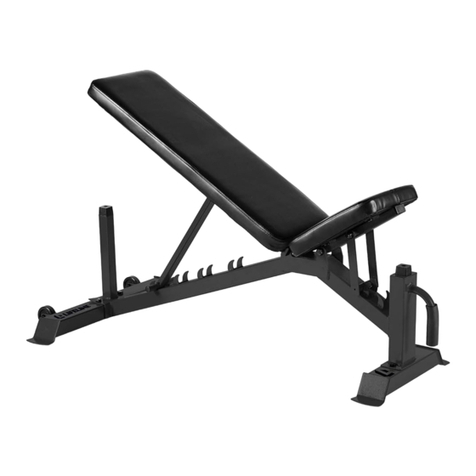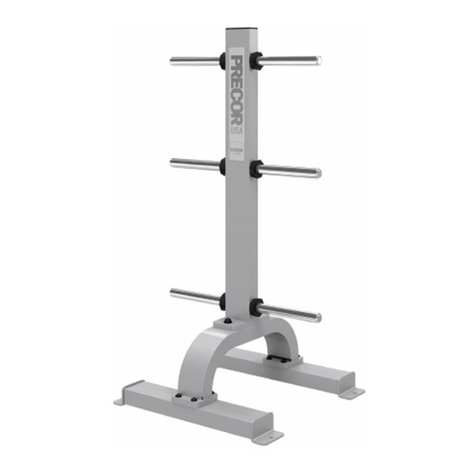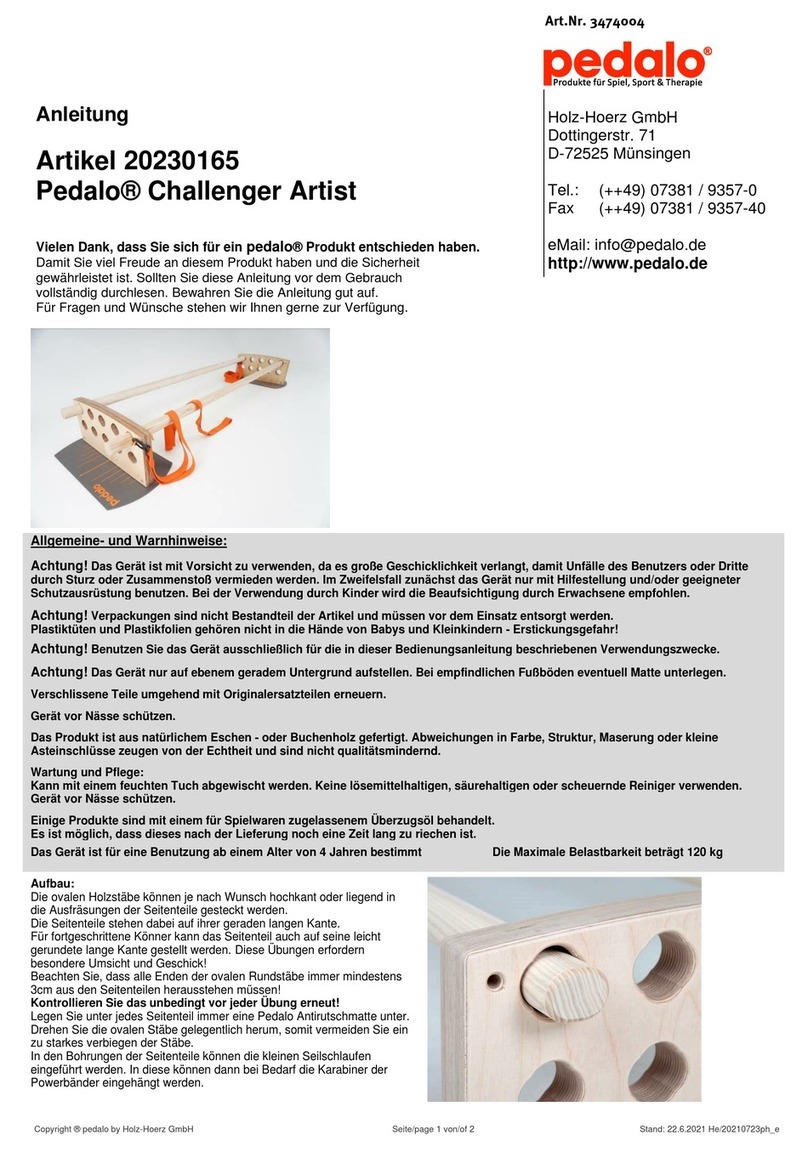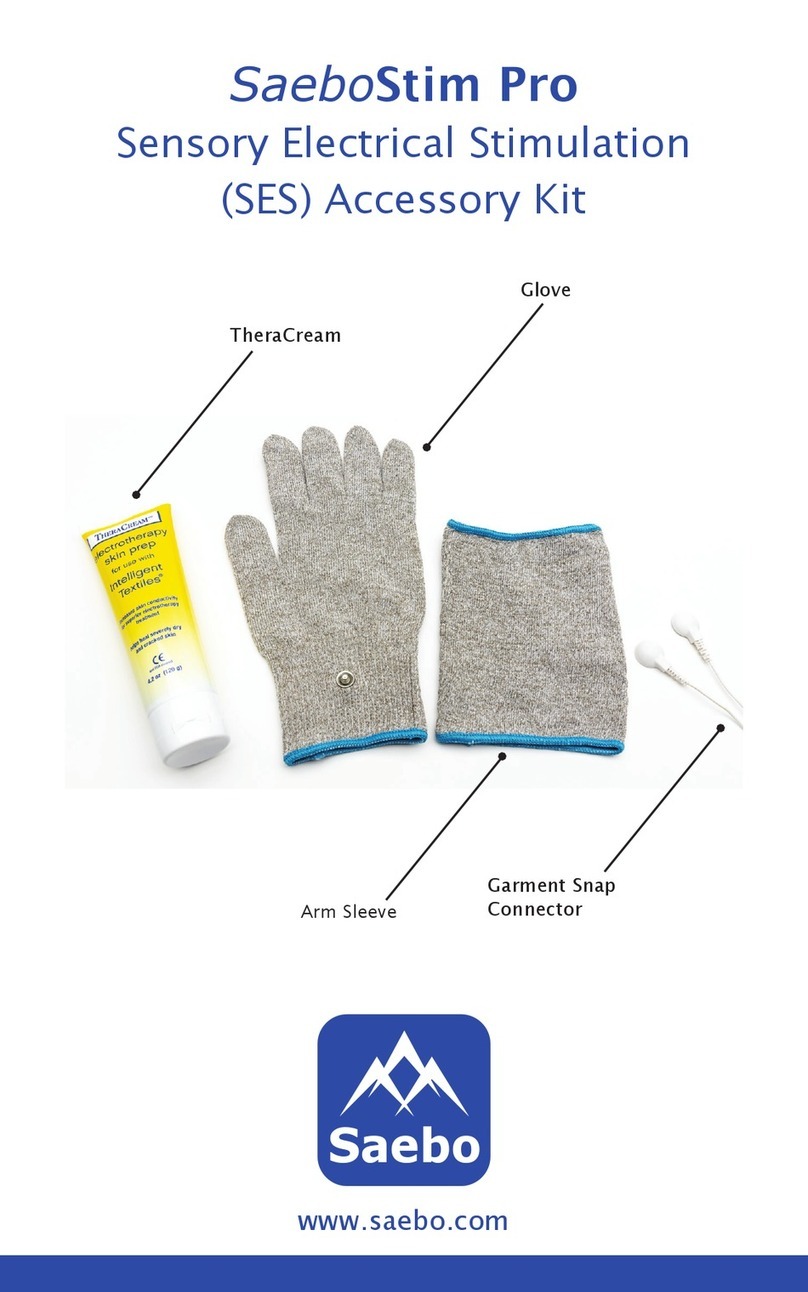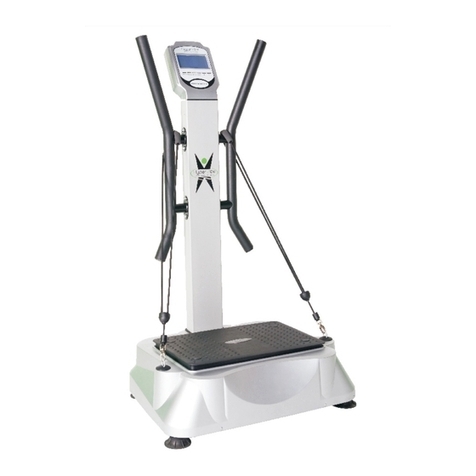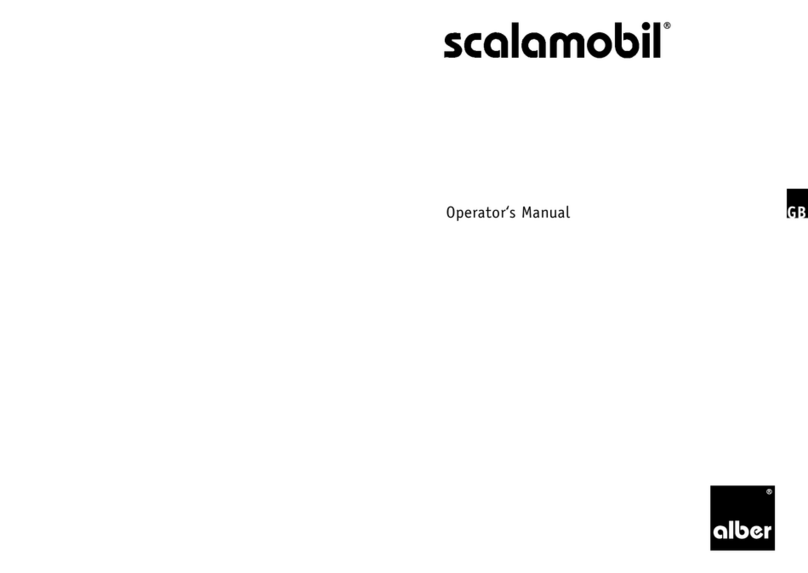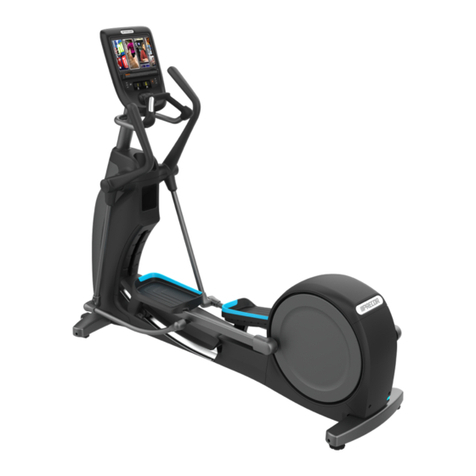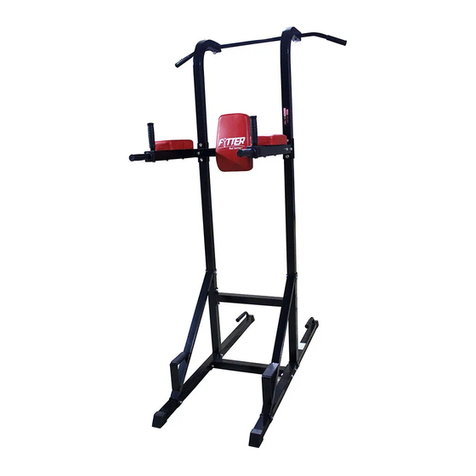
6 User Manual: xr50+_eng
Cardioline
S.p.A.
Via Linz,151 38121 Trento (TN) [email protected] www.cardioline.comSales ofce: Via F.lli Bronzetti, 8 20129 Milano (MI) Italy tel.+39 02 94750470 fax +39 02 94750471
2 Safety Information
Danger
• Explosion Hazard •
The device is not designed for use in areas where an explosion
hazard may occur.
Explosion hazards may result from the use of ammable anes-
thetics, skin cleansing agents, or disinfectants.
Warning
• Patient Hazard, Equipment Damage •
Do not expose the xr50+ to direct sunlight to prevent system
components from reaching inadmissible high temperatures.
Do NOT use the xr50+ outdoors (medical device). Furthermore
the device has no additional protection against the ingress
of humidity. Humidity inside the device may cause equipment
malfunctions and increases the risk of an electric shock.
Additionally, the device should not be operated in the vicinity of
power systems, because they may impair equipment functions.
The xr50+ may only be used in combination with accessories
approved by ergoline GmbH.
• Risk to Persons •
Before using the ergometer, the operator must ascertain that it
is in correct working order and operating condition. The cables
and connectors, in particular, must be checked for signs of
damage. Damaged parts must be replaced immediately.
• Equipment Malfunction •
Only the special shielded cables supplied by ergoline may be
used to connect the device to other pieces of equipment.
• Equipment Malfunction •
Cellular telephones may not be used in the immediate vicinity
of the ergometer, because they might interfere with the proper
functioning of the ergometer.
Electromagnetic interference most probably exists when
the watt reading is unstable. If the displayed value changes
frequently even though the speed is above 30 RPM, this may
bedue to electromagnetic interference.
Warning
• Shock Hazard •
When the device is connected to other equipment or if a medi-
cal system is created, it must be ensured that the added leakage
currents do not present a hazard. In case of questions, please
contact your ergoline dealer or the ergoline GmbH Service
Department.
For use, the ergometer must always be connected to electric
installations that fulll the local requirements.
• Patient Hazard •
The German Medical Device Operator Ordinance (MPBetreibV, §5)
demands that users
• must be trained in the use of the ergometer
• must be familiar with the routines for handling and assem-
bly of the device
• must be familiar with and observe the safety rules and
regulations for operation of this type of equipment
• must be informed about any other pertinent rules and
regulations (e.g., safety instructions)
• must be informed about the potential hazards arising from
the use of this type of equipment
• make sure that no unauthorized changes are carried out.
Note
Only the removal of the power cord will result in an all-pole
disconnection of the device from the power line.
Caution
Additional equipment connected to medical electrical equip-
ment must comply with the respective IEC or ISO standards
(e.g., IEC 60950 for data processing equipment).
Furthermore all congurations shall comply with the require-
ments for medical electrical systems (see IEC 60601-1-1 or
clause 16 of the 3rd Ed. of IEC 60601-1, respectively).
Anybody connecting additional equipment to medical electrical
equipment congures a medical system and is therefore respon-
sible for the system's compliance with the requirements for
medical electrical systems. Attention is drawn to the fact that
local laws take priority over the above mentioned requirements.
If in doubt, please consult your local dealer or ergoline GmbH.
